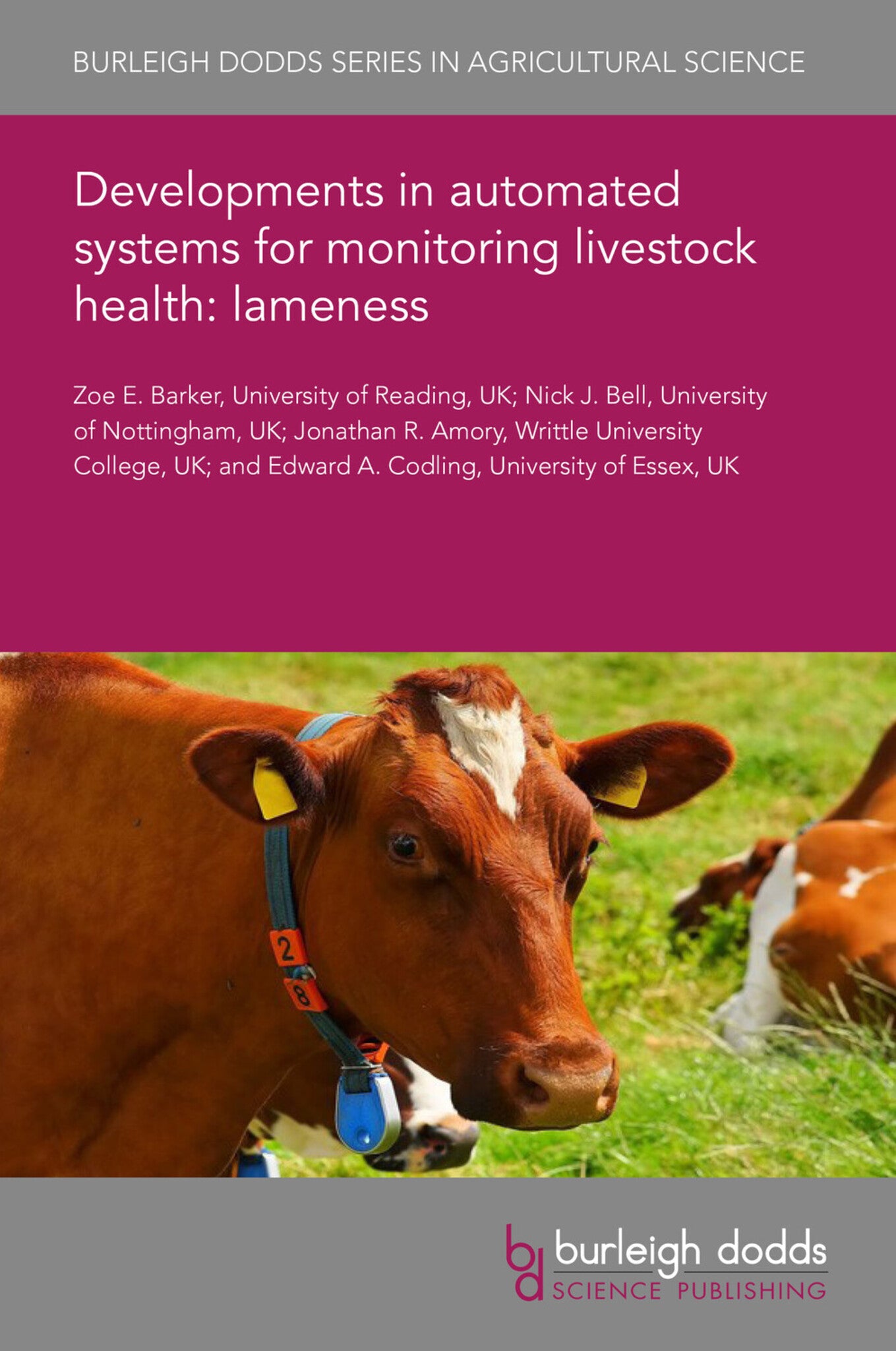We're sorry. An error has occurred
Please cancel or retry.
Developments in automated systems for monitoring livestock health: lameness

Some error occured while loading the Quick View. Please close the Quick View and try reloading the page.
Couldn't load pickup availability
- Format:
-
27 June 2022


TECHNOLOGY & ENGINEERING / Agriculture / Animal Husbandry, Dairy farming, TECHNOLOGY & ENGINEERING / Agriculture / Sustainable Agriculture, Sustainable agriculture, Agricultural science, Agricultural engineering and machinery

1 Introduction 2 Lameness and its impacts 3 Lameness and behaviour 4 Non-automated detection of lameness 5 Automated detection of lameness using non-wearable technology 6 Automated detection of lameness using animal-mounted accelerometers 7 Automated detection of lameness using spatial positioning systems 8 Conclusion and future trends 9 Where to look for further information 10 References



